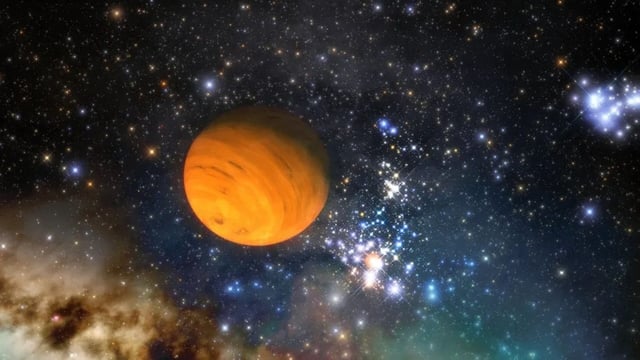Overview
- SIMP 0136, a rogue 'super-Jupiter' 13 times the mass of Jupiter, drifts freely in space without orbiting a star and is located about 20 light-years from Earth in the Pisces constellation.
- Observations from NASA's James Webb Space Telescope reveal complex atmospheric conditions, including patchy clouds made of iron and silicate particles, as well as high-altitude hot spots potentially linked to auroras.
- The brightness variations observed on SIMP 0136 are caused by multiple atmospheric mechanisms rather than clouds alone, with distinct light curves showing changes in brightness across different wavelengths.
- Carbon chemistry in the atmosphere, involving compounds like carbon monoxide and carbon dioxide, appears to vary across regions and depths, adding to the planet's atmospheric complexity.
- SIMP 0136's rapid rotation (2.4 hours) and brightness make it an ideal subject for studying exoplanetary atmospheres, offering new insights into planetary-mass objects that challenge the boundaries between planets and brown dwarfs.

